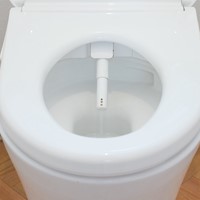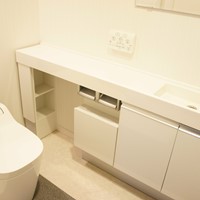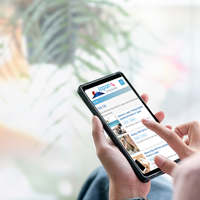Disability Symbols and their Meanings in Japan
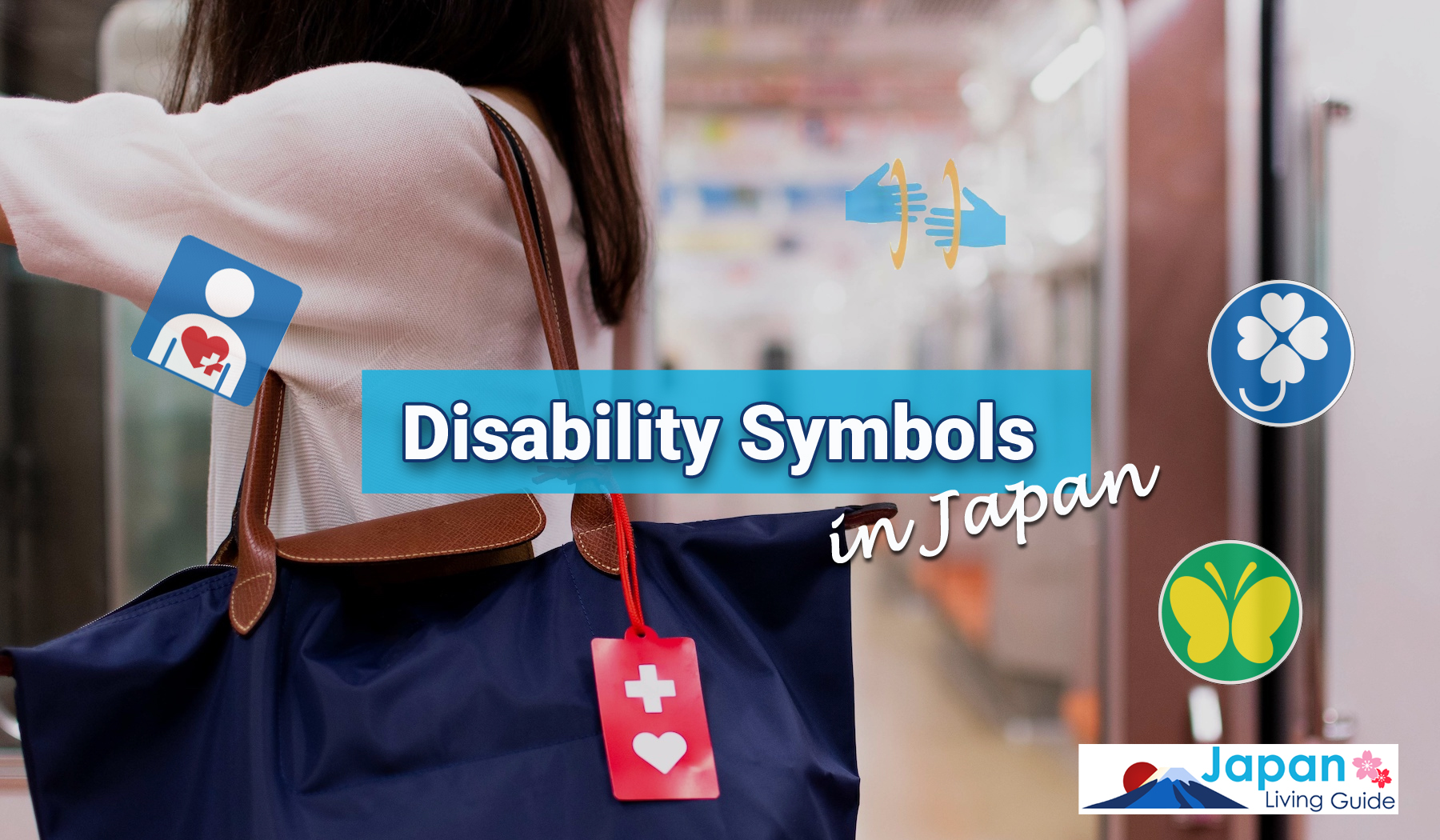
There are many symbols for people with disabilities in Japan. Some of the symbols are universal and you may have seen them abroad. Various symbols and signs relating to people with disabilities indicate that facilities, initiatives, and rules exist for people with disabilities, or inform people with disabilities that they need assistance.
Symbols Relating to Disabilities in Japan
The following is a list of symbols for people with disabilities in Japan and their meanings.
Symbols |
Meanings |
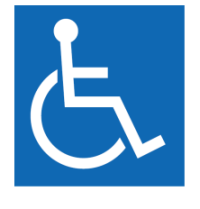 |
International Symbol of AccessThis symble is a universal symbol (International Symbol of Access) to clearly indicate that a building or facility is accessible to people with disabilities. The use of the symbol is governed by the International Rehabilitation Association's 'Guidelines for Use'. If you see this symbol in a parking lot or elsewhere, we ask for your understanding and cooperation with regard to the use of the mark by persons with disabilities. This is intended for all disabled people and not used specifically for wheelchair users with disabilities. |
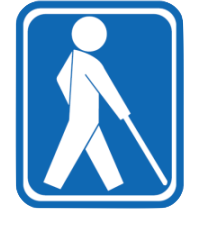 |
International Symbol for the BlindIt is a universal symbol for blind people, established in 1984 by the World Blind Union. This symbol is placed on buildings, facilities and equipment (traffic lights, Braille information boards, lifts and toilets with voice guidance, etc.) that are designed for the safety and barrier-free access of the visually impaired. If you see a visually impaired person near a traffic light with a pedestrian signal button marked with this symbol, please understand and assist them by pressing the signal button instead of them. |
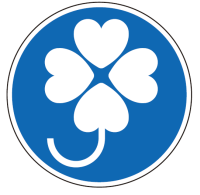 |
Physical Disability Symbol (Handicapped Driver Sticker)
Drivers who broadside or interrupt a vehicle displaying this mark, except in unavoidable cases to avoid danger, will face a fine under the Road Traffic Act. |
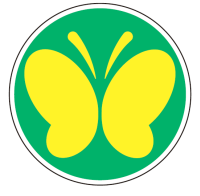 |
Hearing Impaired SymbolThis symbol is displayed on a vehicle driven by a person whose licence is subject to conditions because of their hearing impairment, and the display of the mark is compulsory. Drivers who broadside or interrupt a vehicle displaying this mark, except in unavoidable cases to avoid danger, will face a fine under the Road Traffic Act. |
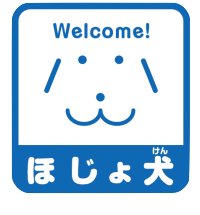 |
Service Dog SymbolThe mark is designed to raise awareness of the Service Dogs for the Physically Disabled Act. Under the Act on Assistance Dogs for Physically Disabled Persons, public facilities and transport authorities, as well as private facilities such as department stores, supermarkets, hotels and restaurants, are obliged to accept disabled persons accompanied by an assistance dog. Refusing to provide a service solely because a person is accompanied by an assistance dog constitutes discrimination against disabled persons. Assistance dogs are not pets. They are trained in social manners and proper hygiene. There are times when assistance is needed even when accompanied by an assistance dog. If you see the user in need, please be proactive and offer your support. |
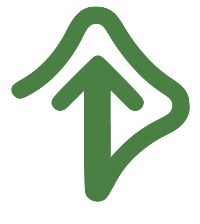 |
Ear SymbolThis symbol indicates that the person is hard of hearing and shows awareness of those who are deaf or hard of hearing. If this symbol is displayed at the office, it also indicates that the company is able to take hearing-impaired people into careful consideration. Because people with hearing impairment are not visibly recognizable, they are often misunderstood, suffer disadvantages and have a lot of anxiety in social life. If someone shows this symbol to you, understand that the person "cannot hear or has difficulty hearing" and give consideration to communication methods (e.g. show your mouth, speak slowly and clearly, respond in writing, come near to signal when calling, use sign language or gestures, etc.). |
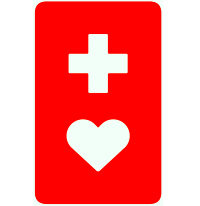 |
Help Symbol (Help mark)This symbol indicates that a person needs help and care even if it is not obvious from the appearance, such as people with artificial legs or joints, people with internal disabilities or intractable diseases, or people in the early stages of pregnancy. They let people know with this symbol that they are in need of care and attention. If you see a person wearing this symbol, please be considerate by offering them a seat on a train or bus, or by talking to them if they seem to be in trouble. Help marks are often attached to bags.
|
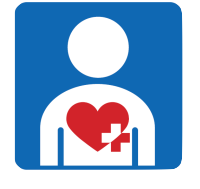 |
Heart Plus SymbolThis symbol shows that the person has a disability in the inner parts of the body. People with a disability to the internal parts of the body (heart, respiratory function, urinary organs, bladder and rectum, small intestine, liver, immune system function) are often misunderstood in various ways, as it is difficult to see from the outside. Some people with internal disabilities may wish to sit in priority seats on trains, for example, or park in disabled parking spaces. If you see someone with this symbol, we ask for your understanding and support with consideration. |
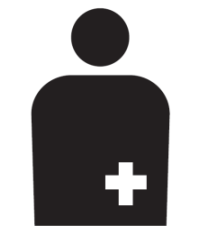 |
Ostomates /Ostomate facilitiesAn ostomate is a person with impaired excretory function who has a colostomy or artificial bladder due to cancer or other causes. This symbol indicates that the person is an ostomate and that there are facilities for ostomates (ostomate-friendly toilets). If you see this symbol, be aware that the person is an ostomate with an internal disability and that the toilet is an ostomate-friendly toilet. |
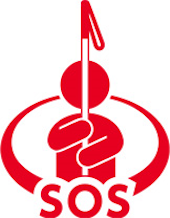 |
White Cane SOS Signal (Symbol for public awareness)This symbol is for the White Cane SOS Signal awareness initiative. When a visually impaired person raises a white cane about 50 cm above their head, it is an SOS signal. If you see this signal, please approach the person and ask about their needs and offer your support. * If you see a visually impaired person on a station platform or on the street who is about to encounter danger, please speak to them for help, even if they are not showing the SOS signal with their white cane.
|
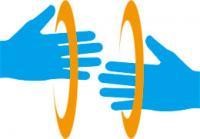 |
Sign Language SymbolThis symbol shows when a deaf person asks to communicate in sign language, or it is also displayed at government offices, public and private facilities/transportation counters, shops and other places where sign language can be used. It can also be displayed on name plates at events or on bibs worn by supporters in the event of a disaster. When a deaf person shows this symbol, it means "Please use sign language", or when a sign language office displays it, it means "Sign language is available". |
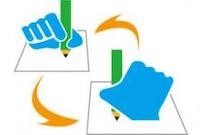 |
Writing SymbolThis symbol is presented by a person who is deaf, who has speech and language impairments, who has intellectual disabilities, and foreigners who wish to communicate in written form. This is also displayed at public offices, public and private facilities and transport counters, shops and other places where written communication is available. It can also be displayed on name plates at events or on bibs worn by supporters in the event of a disaster. When a deaf person shows this symbol, it means "Please use sign language", or when a sign language office displays it, it means "Written communication is available". |
Acoustic push-button traffic signals
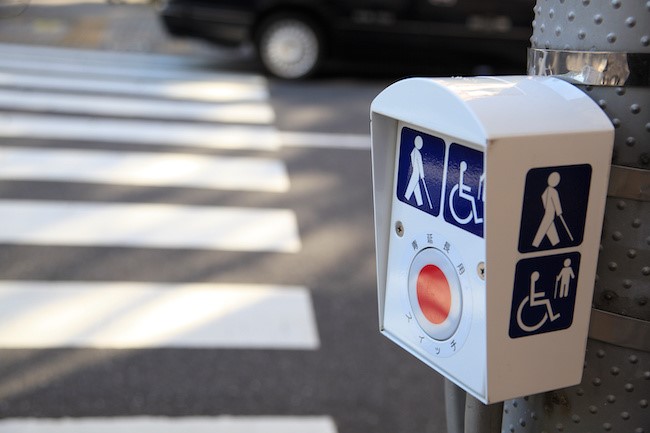
Some traffic lights have an audible indication that the pedestrian signal is green, or have a function to extend the crossing time.
The latest acoustic traffic lights are touch type sensor and have audio guidance in both Japanese and English.

